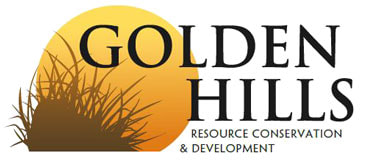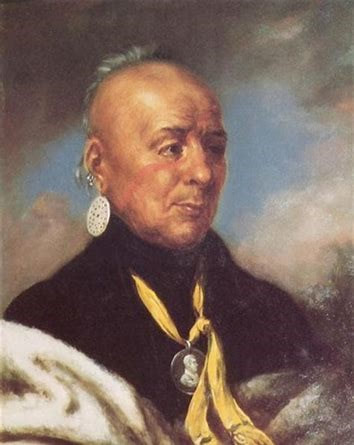|
By Bill Blackburn
(this post is part of the Loess Country series. Check back soon for more!) The Office of the State Archaeologist at the University of Iowa can tell an interesting story about the early peoples who first settled the Loess Hills of Western Iowa. Humans first arrived in the Hills around 11,500 B.C. to 8,500 BC, not long after most of the loess sediment of ground rock powder from northern glaciers was wind-deposited to form the hills. These so-called Paleoindians were nomadic hunters of bison and other large game. The Archaic peoples that followed from 8500 BC to 1000 BC were nomadic hunter-gathers but made greater use of semi-permanent base camps and smaller seasonal camps. The Woodland Indians (1000 BC to 1250 AD) were more sedentary, living in small hamlets of structures that were earth-covered or wattle-and-daub construction (woven lattice of wooden strips--wattle– that was daubed with a sticky material usually made of some combination of wet soil, clay, sand, animal dung and straw). Over 130 of these lodge home sites are being protected within the 900-acre Glenwood Archaeological State Preserve, now under development. These people made pottery, hunted deer and small game, cultivated corn and squash, and gathered wild berries and seeds. They prospered for approximately 300 years, disappearing from the archeological record around 1300 AD due to extended drought, according to some experts, or because the threats of Oneota Indian raiders (predecessors of the Ioway and Otoe tribes), according to others. The Oneota were about the only Indians roaming the hills from 1300 AD to until the 1700s. Then the Ioway Indians (called Ayauway by Lewis and Clark) and ancestors of the Pawnee began to appear. Hunting parties from the Otoe and Omaha tribes that lived on the east side of the Missouri River also started venturing to the Iowa side and into the Hills. The nomadic Dakota Sioux traveled the river, roving the territory on both sides. In 1837, the Potawatomi Indians (also spelled “Pottawattamie” or “Pottawatomie,” a traditional word meaning “Fire Keepers” or “Keepers of the Council Fires”) were relocated from Indiana and Illinois to Missouri and ultimately to Western Iowa. They remained there with their great war chief, Waubonsie (also spelled “Waubonsee” or “Wabaunsee”) until 1846-48, when, in response to pressures from growing pioneer settlements, they were moved to Northeast Kansas. It was about this time that the great Mormon Migration from Nauvoo, IL arrived in Western Iowa. Of course, the Mormons were not the first European-heritage pioneers to show interest in the Hills. French fur traders began exploring the region in the early 1700s. On July 16, 1804, Meriwether Lewis and William Clark observed this unusual landform as they came up Missouri River. Clark recorded in his journal: “This prairie I call the Ball pated (sic: bald headed) prairie from a range of ball hills parrell (sic) to the river from 3 to 6 miles distant & extends as far up the down as I can see.” At that time the Loess Hills had remained generally treeless except for a few oak savannahs due to the drier climate and repeated prairie fires. Artist George Catlin traveling by steamboat up the Missouri River in 1832 went ashore to climb the Loess Hills and described the place as one where a “thousand velvet-covered hills go tossing and leaping down with steep or graceful declivities.” A mere few decades later, new settlers were giving birth to the farms and communities that continue throughout the Hills to this day.
3 Comments
Doug Bro
8/10/2023 09:40:35 am
The biography of fur trapper, Charles Larpenteur, describes how the Sioux murdered his wife near their residence in the vicinity of the Loess Hills. I have traveled the road named in his memory and visited the plaque marking where his residence once stood near the town of Little Sioux.
Reply
Leave a Reply. |
Archives
June 2024
Categories
All
|
Address712 South Highway Street
P.O. Box 189 Oakland, IA 51560 |
ContactPhone: 712-482-3029
General inquiries: [email protected] Visit our Staff Page for email addresses and office hours. |



 RSS Feed
RSS Feed